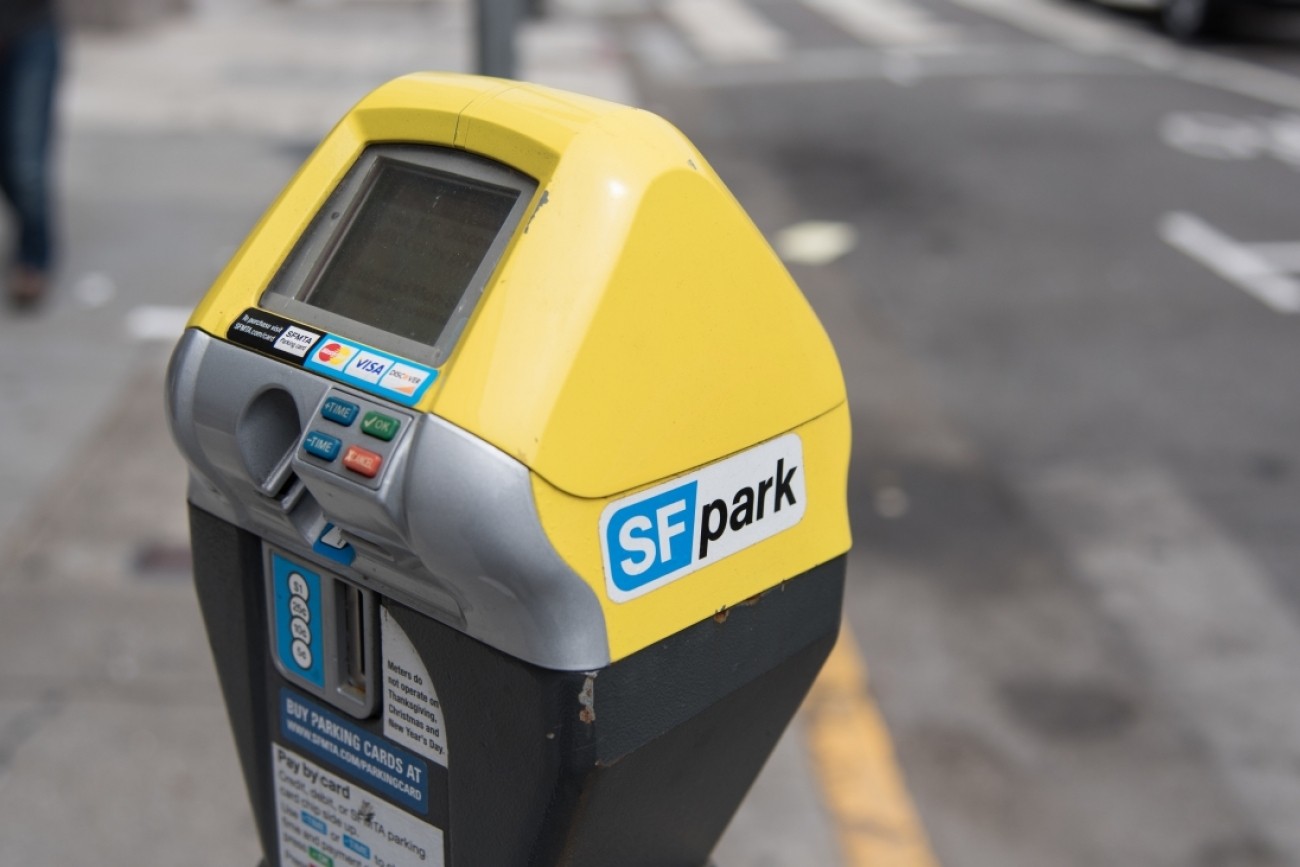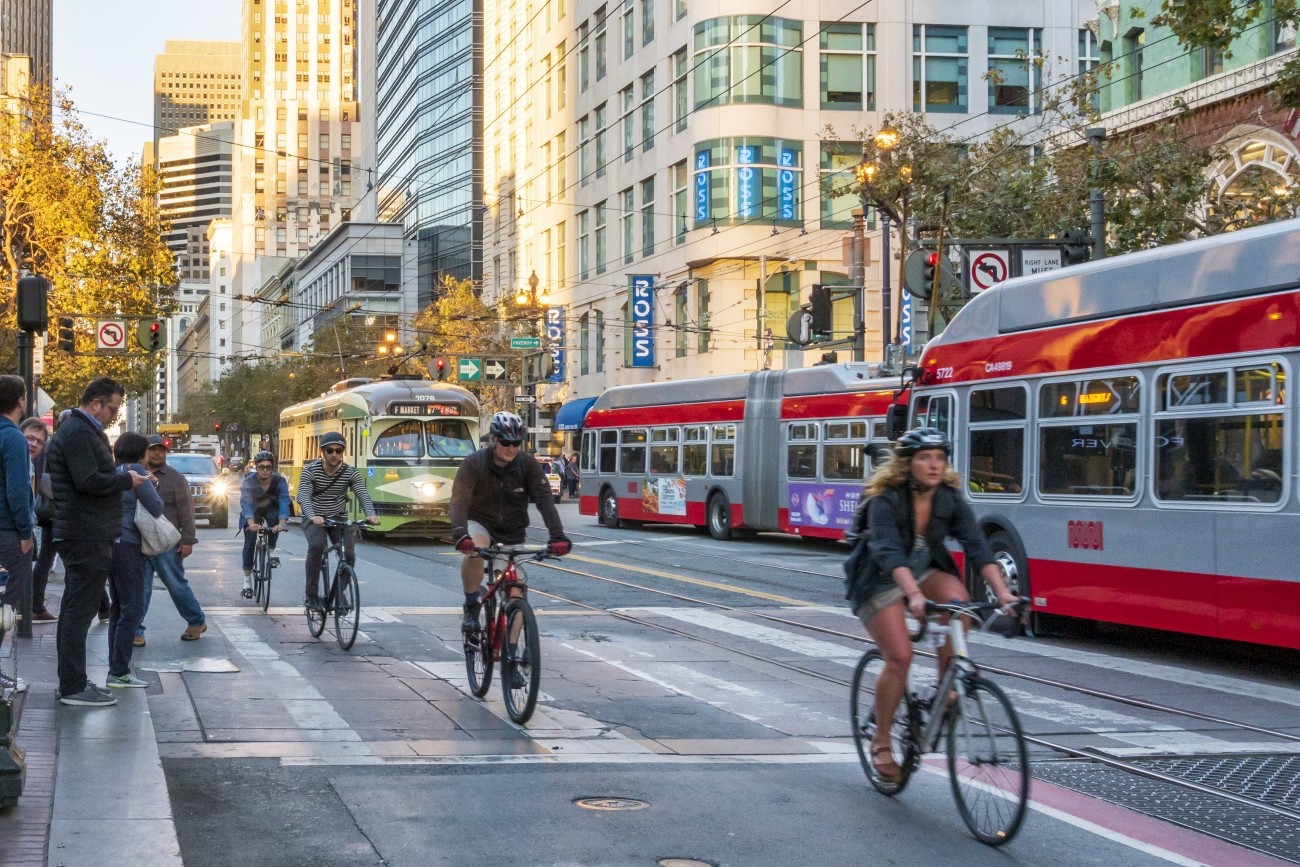
Introduction
When the Central Freeway was being rebuilt after the Loma Prieta Earthquake, San Francisco voters chose a new path forward: The City would end the freeway at Market Street and turn the remainder of the road into a new boulevard. Octavia Boulevard opened in 2005.
After the new configuration opened, traffic patterns were redistributed with various effects on local and citywide circulation.
The Transportation Authority’s 2012 Central Freeway and Octavia Circulation Study evaluated the performance of the transportation system in the Market-Octavia area and recommended changes for improving travel options and traffic management in the area.
The study:
- Documents existing conditions of the transportation system
- Recommends a framework for improving circulation and multimodal performance in the study area
- Identifies a set of multimodal transportation improvements through technical review and public input
- Develops a funding and implementation strategy to support study recommendations
The Central Freeway and Octavia Boulevard Circulation Study serves as a vehicle for discussion and coordination among local and regional stakeholders, while providing policy guidance for ensuring integration with the larger regional and long-term needs.
Project/Study Partners
Throughout the study process, the Transportation Authority solicited input from a variety of sources, including community stakeholders, partner agency staff, institutional representatives, and the general public. The study included a Technical Advisory Committee, composed of partner agency staff from agencies including the SFMTA, SF Planning, SF Public Works, the Metropolitan Transportation Commission, and Caltrans.
Cost and Funding
This study was made possible by a grant from the Metropolitan Transportation Commission through the Station Area Planning Program.
Resources
Memo: Transportation Authority Board, September 2012 (PDF)
Executive summary, 2012 (PDF)
Final Report: Central Freeway and Octavia Circulation Study, 2012 (PDF)
SFMTA Octavia Boulevard Enhancement Project webpage
Contact
When the Central Freeway was being rebuilt after the Loma Prieta Earthquake, San Francisco voters chose a new path forward: The City would end the freeway at Market Street and turn the remainder of the road into a new boulevard. Octavia Boulevard opened in 2005.
The Market-Octavia neighborhood has seen several transformative efforts in recent years, most notably the opening of the Octavia Boulevard/Central Freeway project in 2005 and the adoption in 2007 of the Market and Octavia Better Neighborhood Plan. Octavia Boulevard is the first roadway of its kind in the United States in 80 years, redefining traffic engineering practice through a design that departed from standard highway design in order to complement and minimize impacts on surrounding land uses. The Octavia Boulevard project has delivered a transportation facility that provides neighborhood access to a regional freeway while providing an attractive public space.
The Transportation Authority’s Central Freeway and Octavia Circulation Study evaluated the performance of the transportation system in the Market-Octavia area and recommended changes for improving travel options and traffic management in the area. The study focused on multimodal and system-level perspectives. These multimodal transportation issues include:
- Transit routing and reliability, and connectivity to regional transit
- Automobile traffic circulation
- Pedestrian crossings and facilities
- Bicycle access
- General wayfinding
- Travel demand management strategies
The study was designed to help support and advance key priorities of the Market and Octavia Better Neighborhood Plan including improved pedestrian circulation and transit facilities, as well as conversion of streets from one-way to two-way operation.


